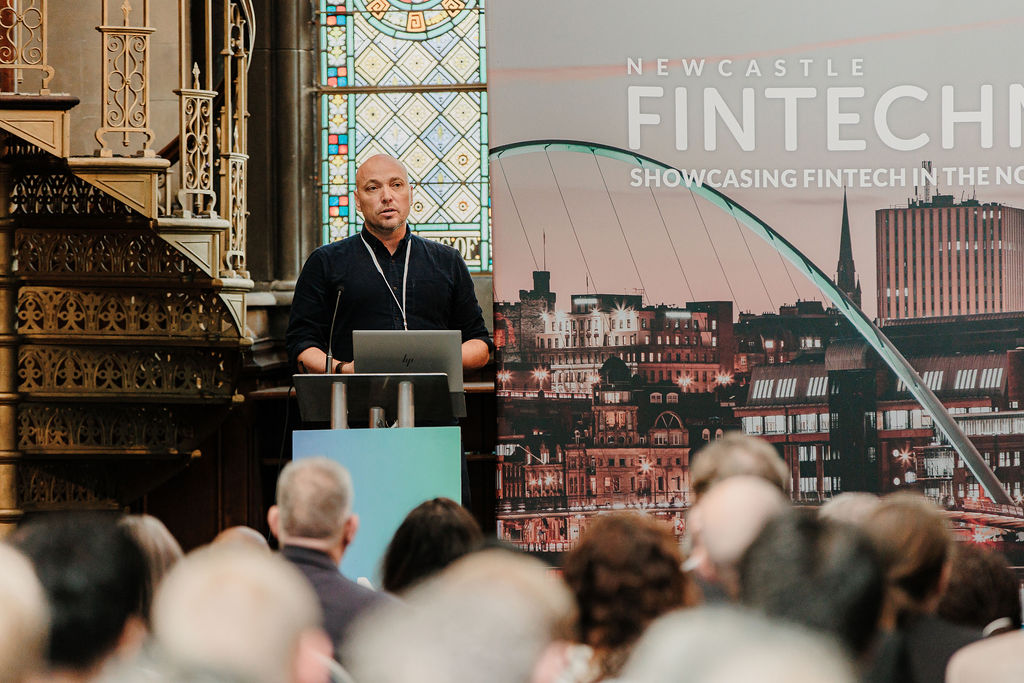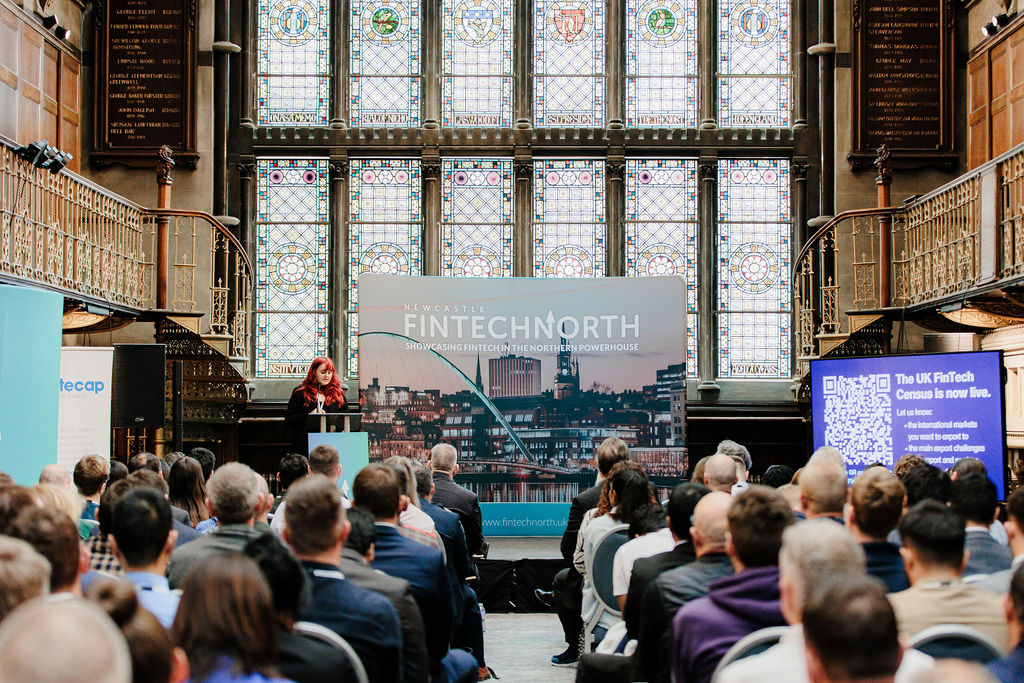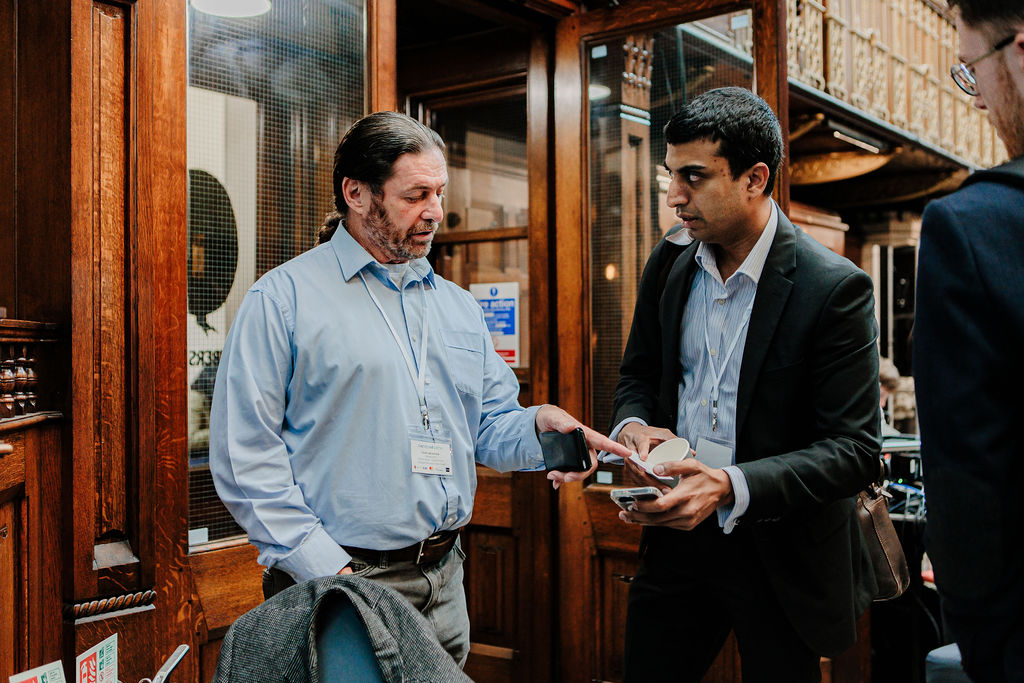The Double-Edged Sword: AI, Deepfakes, and the Future of KYC in Fintech
Executive Summary
The financial technology (Fintech) sector is rapidly evolving, embracing digital transformation to deliver faster, more convenient services. Central to this evolution is the Know Your Customer (KYC) process a regulatory requirement and key pillar for fraud prevention. Artificial Intelligence (AI) is playing a transformative role, improving speed, accuracy, and scalability in customer onboarding and risk management. However, these same technologies are giving rise to complex threats like deepfakes and synthetic identities, which can and will challenge traditional verification methods.
This article explores how Fintech companies can leverage AI to bolster KYC efforts while mitigating the risks posed by advanced fraud tactics. It discusses current technologies, evolving threats, effective countermeasures, and the regulatory responses shaping the future of identity verification.
1. The Evolving KYC Landscape in Fintech
KYC processes are designed to verify customer identities, prevent financial crimes, and ensure compliance with global Anti-Money Laundering (AML) regulations. For Fintechs, which often operate remotely and at scale, KYC is both a compliance obligation and a trust-building mechanism.
Modern KYC typically involves several layers:
- Customer Identification (CIP)
- Document verification
- Biometric verification (e.g. facial recognition, finger print recognition)
- Sanctions and politically exposed person (PEP) screening
- Ongoing monitoring
The challenge lies in striking a balance: maintaining strict verification standards without compromising the seamless user experience Fintech customers expect.
2. AI’s Dual Role in KYC
AI is revolutionising identity verification in several ways:
Efficiency and Accuracy
AI-driven Optical Character Recognition (OCR) automates document processing, significantly reducing manual errors and speeding onboarding. Machine learning algorithms spot fraud by detecting unusual patterns and anomalies in real-time.
Behavioural Biometrics and Risk Scoring
AI assesses user interactions, such as typing patterns, mouse movements, and device characteristics, building detailed user profiles. Dynamic risk scoring enables proactive management of potential threats by triggering additional checks when suspicious behaviour is detected.
Yet, the same technologies can be weaponised by fraudsters. Generative Adversarial Networks (GANs) and deep learning enable the creation of realistic fake media, including:
- Deepfake videos and images for spoofing identity verification.
- Cloned voices to bypass voice authentication systems.
- Synthetic identities, fictional personas using real and fake data designed to bypass KYC systems.
This duality of AI as a tool for both defence and deception fuels an ongoing arms race between Fintech security teams and increasingly sophisticated adversaries.
3. Emerging Threats: Deepfakes and Synthetic Identities
Deepfakes: Deepfakes mimic real people using manipulated video, image, or audio content. In a KYC context, fraudsters use deepfakes to impersonate customers, often during facial recognition or video KYC processes. These fakes can defeat systems that rely solely on visual verification.
Synthetic Identities: Rather than stealing existing identities, fraudsters are creating entirely new ones. They blend stolen personal data with fabricated details, slowly building credit histories and trust before executing large-scale fraud.
Attack Vectors
- Presentation attacks: Fake media presented to a camera or sensor.
- Injection attacks: Data is digitally inserted into the verification stream, bypassing physical device checks entirely.
Such tactics make traditional verification layers insufficient without additional scrutiny.
Demo Time
Bob from Cyber Alchemy volunteered to demonstrate this capability.
By taking publicly available photo of Bob, a home GPU and a tool called, Framepack, the Cyber Alchemy team were able to create a video where they were able to direct the movements of the video;
So here is the photo of Bob;

We then used the prompt – The man turns to the left and back to the camera
Which created the following video:

Then we used the prompt – The man smiles and looks forward to the camera
Which created this video:

These videos are short, but the key point is they were created from a single image and on a home grade PC. Should KYC verification require Bob to put his thumb up or blink, this is all possible with the right prompt. You can see Alchemy’s blog here
4. Advanced KYC Defence Strategies
Fintechs must transition from static verification methods to dynamic, multi-layered security approaches to counter sophisticated AI-driven fraud:
- AI-Powered Detection: Employs algorithms that scrutinise subtle signs like micro-expressions, inconsistencies in skin texture, eye movements, and digital anomalies.
- Enhanced Liveness Detection: Combines passive methods, detecting natural human features like 3D depth and movement, and active approaches where users perform prompted tasks. Integrating both enhances overall verification robustness.
- Multi-Modal Biometrics: Leveraging multiple biometric measures such as facial recognition coupled with voice authentication significantly complicates fraudulent attempts.
- Behavioural Analytics and Device Intelligence: Analysing nuanced user behaviours and device characteristics helps identify unusual activities indicative of fraud attempts.
- Digital Footprint and Cross-Data Correlation: Comprehensive analysis of email, phone, and IP histories alongside AI-driven data correlation assists in uncovering inconsistencies and fraud indicators.
- Consortium Data Sharing: Cooperation among institutions allows identification of broader fraud trends, enhancing collective defence capabilities.
5. The Future: Decentralised Identity (DID)
Decentralised Identity (DID) leverages blockchain technology, marking a paradigm shift by enabling users to control their verified credentials through secure digital wallets. Users share proofs selectively with institutions rather than repeatedly submitting documents.
Benefits include enhanced security, improved user control, reduced data duplication, and faster, streamlined onboarding processes. However, significant challenges remain, including high initial implementation costs, regulatory acceptance hurdles, and privacy concerns regarding blockchain data storage.
While adoption is currently limited, DID presents enormous potential, particularly in facilitating secure and efficient cross-border financial services.
6. Regulatory Responses and Compliance Evolution
Regulators are recognising both the potential and the risks of AI in KYC. Some notable responses include:
European Union: The EU AI Act mandates transparency, data quality, and human oversight, categorising biometric systems as “high-risk.”
United States: FinCEN has highlighted deepfake threats, and recent executive orders emphasise safe AI deployment for AML compliance.
Global Trends: FATF advocates a risk-based approach to AML/KYC compliance, underscoring the growing significance of vendor due diligence and ethical AI usage.
Fintechs must embed AI risk management into their compliance frameworks—assessing new risks, validating detection technologies, ensuring explainability of AI decisions, and maintaining human oversight in critical processes.
7. Six Strategic Recommendations for Fintechs
Invest in Certified Technology: Prioritise tools with proven performance (e.g., iBeta or NIST-certified liveness solutions).
Adopt Layered Security: Use a combination of biometrics, behaviour, and device intelligence.
Embrace AI Governance: Establish transparent, accountable AI processes.
Train Staff Continuously: Educate teams on emerging fraud types and new tools.
Collaborate and Share Intelligence: Participate in data-sharing consortiums to identify trends and threats.
Monitor Regulatory Shifts: Stay informed about regulatory developments to ensure ongoing compliance and adaptability.
Conclusion
AI is both the greatest enabler and the most formidable challenger to digital identity verification in Fintech. While it streamlines KYC processes, reduces costs, and enhances fraud detection, it also introduces complex new threats through deepfakes and synthetic identities. The future of KYC lies in adaptive, multi-faceted defences, supported by strong AI governance, regulatory alignment, and strategic collaboration.
For Fintech firms, success will hinge on their ability to move beyond compliance and reframe KYC as a proactive driver of trust, innovation, and resilience in the age of intelligent adversaries.
Did you enjoy or find this article interesting please go and check out Cyber Alchemy’s other blogs



